Is the bean cultivation period of coffee with different roasting degrees the same? Is carbon dioxide really bad for coffee?
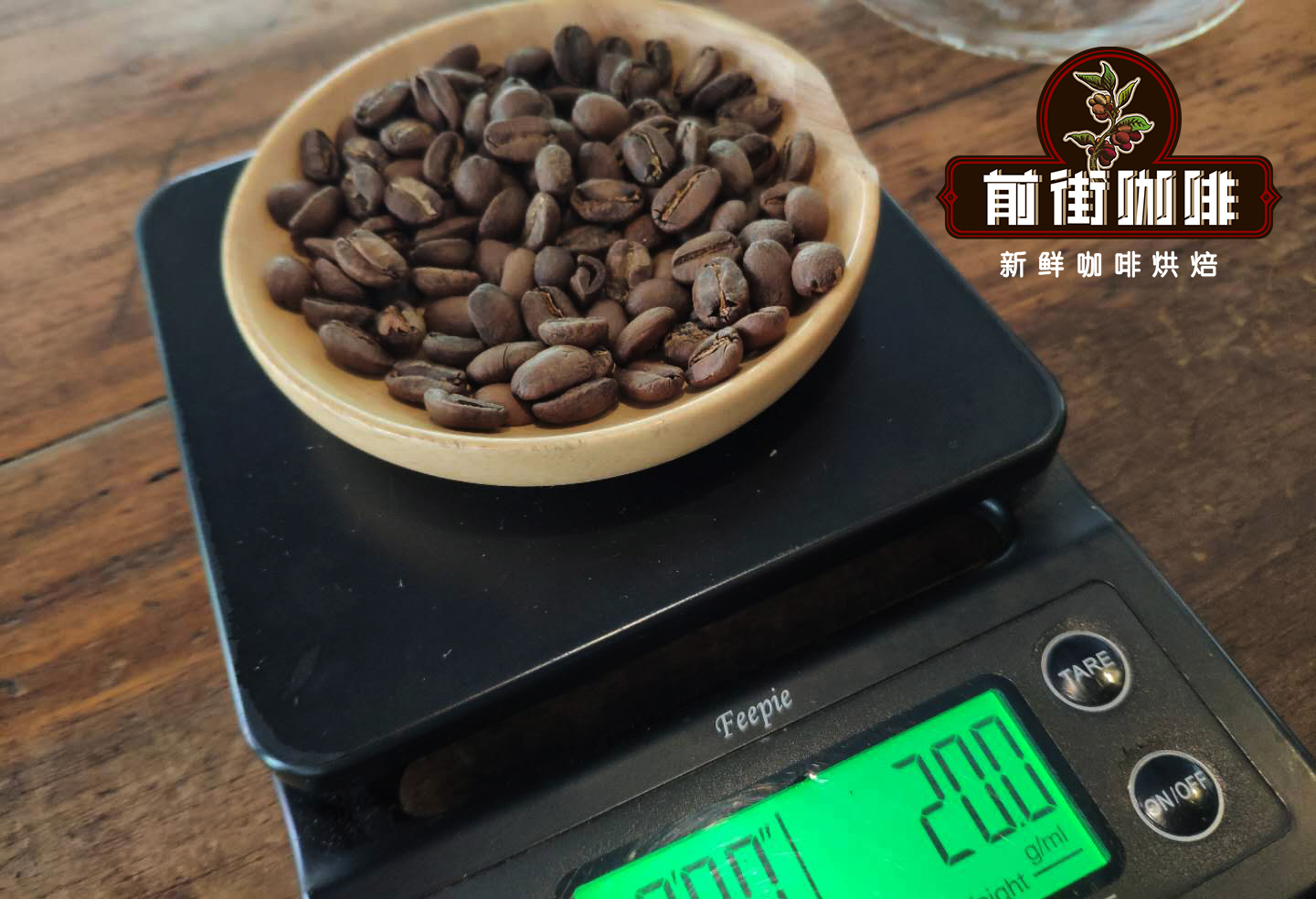
In the process of roasting raw coffee beans into ripe beans, the sound like popcorn will occur with the development of the stage process, which is referred to as "first explosion" and "second explosion" for short.
The causes of "primary explosion" and "second explosion" are different: the first explosion is mainly caused by the pressure formed by the evaporation of water in coffee beans, while the second explosion is because the sugar degradation of coffee produces a lot of carbon dioxide during caramelization. Carbon dioxide increases the pressure on the fiber cell tissue inside the coffee bean, which eventually causes the fiber tissue to break, forming the cracking sound made by the "second explosion".
On average, every 100g of roasted beans produces 500cc carbon dioxide, but as the baking time increases, so does the amount of carbon dioxide produced, which is why the deeper the coffee beans are roasted, the more carbon dioxide they contain.
During extraction, the presence of carbon dioxide will prevent water from entering these fiber structures to dissolve the flavor substances in coffee. If there is more carbon dioxide in coffee powder, the greater the effect on the contact extraction between water and coffee powder.
Therefore, the process of reducing the amount of carbon dioxide in coffee beans is what we call the "bean cultivation period".
The usual measure we take is to put the freshly roasted coffee beans aside and let them "catch their breath" and gradually release carbon dioxide. The storage time of roasted beans is about 24-48 hours, according to the roasting degree of coffee, the temperature and humidity of cooked beans during storage, and so on.
The surface of freshly roasted coffee beans has a strong carbon dioxide barrier, which is not easy to be affected by oxygen oxidation even if it is in direct contact with the air, but with the release of carbon dioxide, it will also take away the aroma of coffee, which is a problem to be paid attention to.
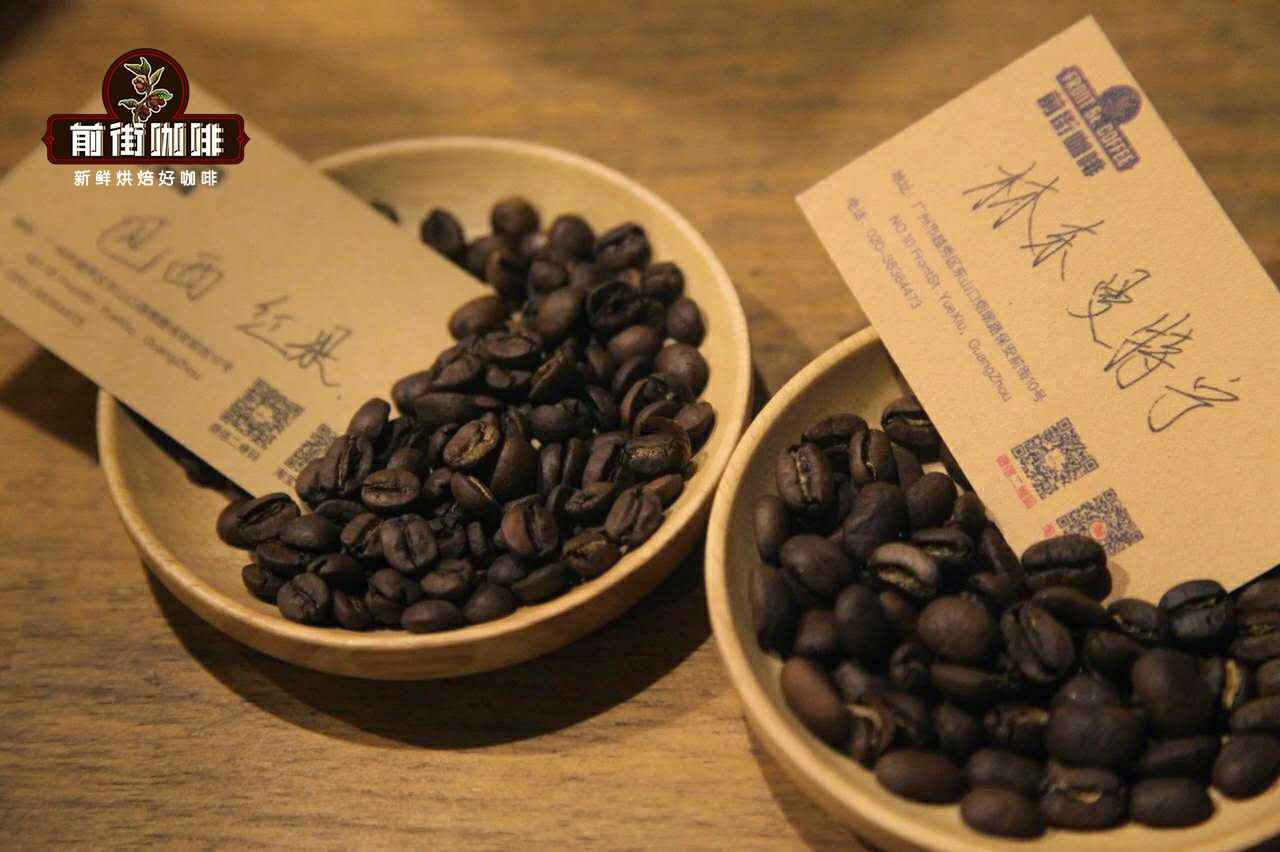
What factors will affect the cultivation period of coffee beans?
Baking rhythm and degree
Due to the balanced entry of heat, the baking degree of bean core and bean surface is closer to the same, and the bean cultivation period is shorter. relatively speaking, the faster the heating rate of fast drying is, the longer the bean cultivation period will be. Similarly, the faster the baking at the same baking degree, the shorter the baking time, the longer the bean cultivation period, the shorter the appreciation period; on the contrary, the heating rate of baking is slow, the total baking time is long, the bean cultivation period is longer, and the appreciation period will be prolonged.
After the coffee beans are roasted, the high temperature will evaporate the water in the coffee beans, resulting in a loose structure of the coffee beans, so the deeper the roasted coffee beans, the shorter the time it takes to grow the beans; the shallower the coffee beans are roasted, the lower the dehydration rate of the coffee beans is, and the more compact the internal structure is, the longer it takes to grow the beans, and the longer the flavor is stored.
Type of roaster
When we want to infer the breeding period of coffee beans, the type of coffee roaster is also a point that we need to refer to. The hot air roaster uses the blower to absorb the air, raises the temperature through the heating coil, uses the hot air as the heat source, and uses the force of the air flow to stir the coffee beans. The coffee beans baked by the hot air roaster usually enter the best flavor period earlier, and the bean cultivation period is the shortest.
The direct-fire roaster is not easy to bake evenly, because the heat energy is not enough to stay in the boiler, the direct-fire baking is easy to be heated unevenly, and the semi-hot air roaster takes the longest time to raise beans.
The time required by the semi-hot air roaster is relatively moderate among the three machines. The firepower of the roaster is relatively stable, which helps the raw bean to expand evenly and balance the internal and external tissue of the raw bean.
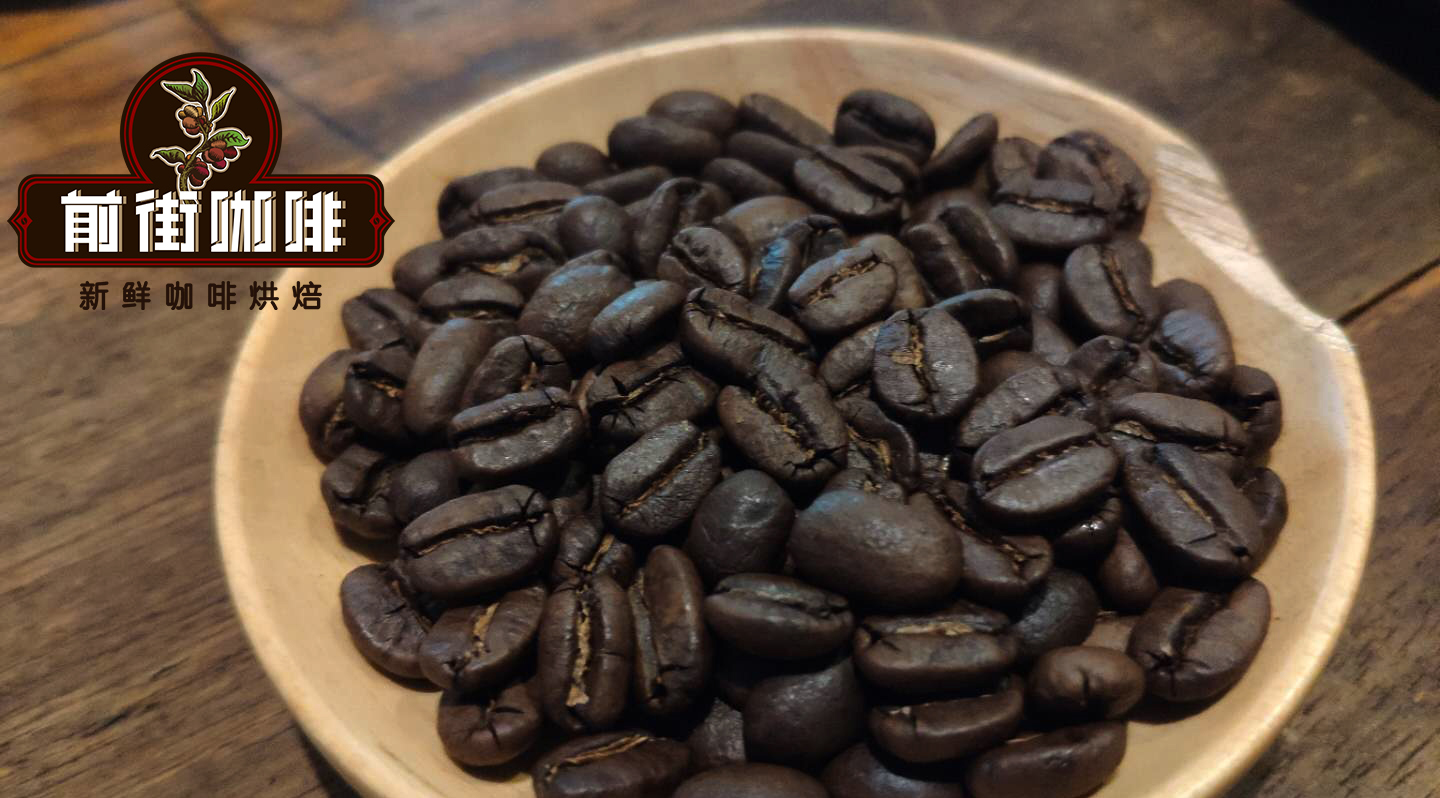
How to speed up the bean cultivation period?
The temperature of the storage environment of coffee beans directly affects the time of growing beans. The speed at which beans are raised in hot summer also decays faster. The time of soybean cultivation can be shortened by increasing the temperature of the storage environment.
In addition, if the roasted beans of static coffee are not disturbed, the time required to raise beans will be longer. Therefore, the coffee bean tile tray can be placed in the shady area to flip several times to strengthen the convection speed of the air on the bean surface and speed up the bean cultivation period.
In addition, repeated vacuum is also a method that can be tried. Drain the excess gas from the storage box and extract the gas from the coffee beans.
Is carbon dioxide really bad at all?
Carbon dioxide hinders the extraction of coffee, but its existence also has a positive effect.
Carbon dioxide adsorbs the volatile aroma substances in coffee beans, and with the discharge of carbon dioxide, the volatile aroma substances in coffee will die away.
In the Italian concentrated extraction, after the coffee pressed powder touches hot water, because carbon dioxide can only be released from the lower outlet, in this small space, the presence of carbon dioxide plays a role in squeezing coffee powder. to some extent, it is possible to reduce the channel effect.
In addition, the presence of carbon dioxide can bring more of our favorite coffee fat to espresso, thereby increasing the satisfaction of drinkers.
Important Notice :
前街咖啡 FrontStreet Coffee has moved to new addredd:
FrontStreet Coffee Address: 315,Donghua East Road,GuangZhou
Tel:020 38364473
- Prev
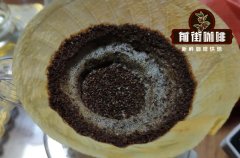
What should I do with the coffee grounds after brewing coffee? There are four uses of coffee grounds you don't know.
We know that the coffee industry has an impact on the environment. From planting, processing to transportation and roasting, each step of the coffee supply chain consumes a certain amount of energy, so it has its own carbon footprint. But what about the waste we produce when we drink coffee? Especially our waste coffee grounds? They are inevitable by-products of coffee consumption. Although many of us think it has something to do with
- Next
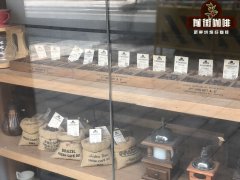
South Minas Coffee producing area of Brazilian Fine Coffee-- Flavor characteristics of half-sun Brazilian Red bourbon Coffee beans
Professional coffee knowledge exchange more coffee bean information Please follow the coffee workshop (Wechat official account cafe_style) Brazilian coffee has always been loved by coffee lovers for its mellow acidity and nutty cocoa aroma. In the Qianjie coffee rations bean series, there is a Brazilian coffee bean, which has obvious chocolate nuts, mellow and moderate, and is for friends who don't like sour coffee.
Related
- Beginners will see the "Coffee pull flower" guide!
- What is the difference between ice blog purified milk and ordinary milk coffee?
- Why is the Philippines the largest producer of crops in Liberia?
- For coffee extraction, should the fine powder be retained?
- How does extracted espresso fill pressed powder? How much strength does it take to press the powder?
- How to make jasmine cold extract coffee? Is the jasmine + latte good?
- Will this little toy really make the coffee taste better? How does Lily Drip affect coffee extraction?
- Will the action of slapping the filter cup also affect coffee extraction?
- What's the difference between powder-to-water ratio and powder-to-liquid ratio?
- What is the Ethiopian local species? What does it have to do with Heirloom native species?

